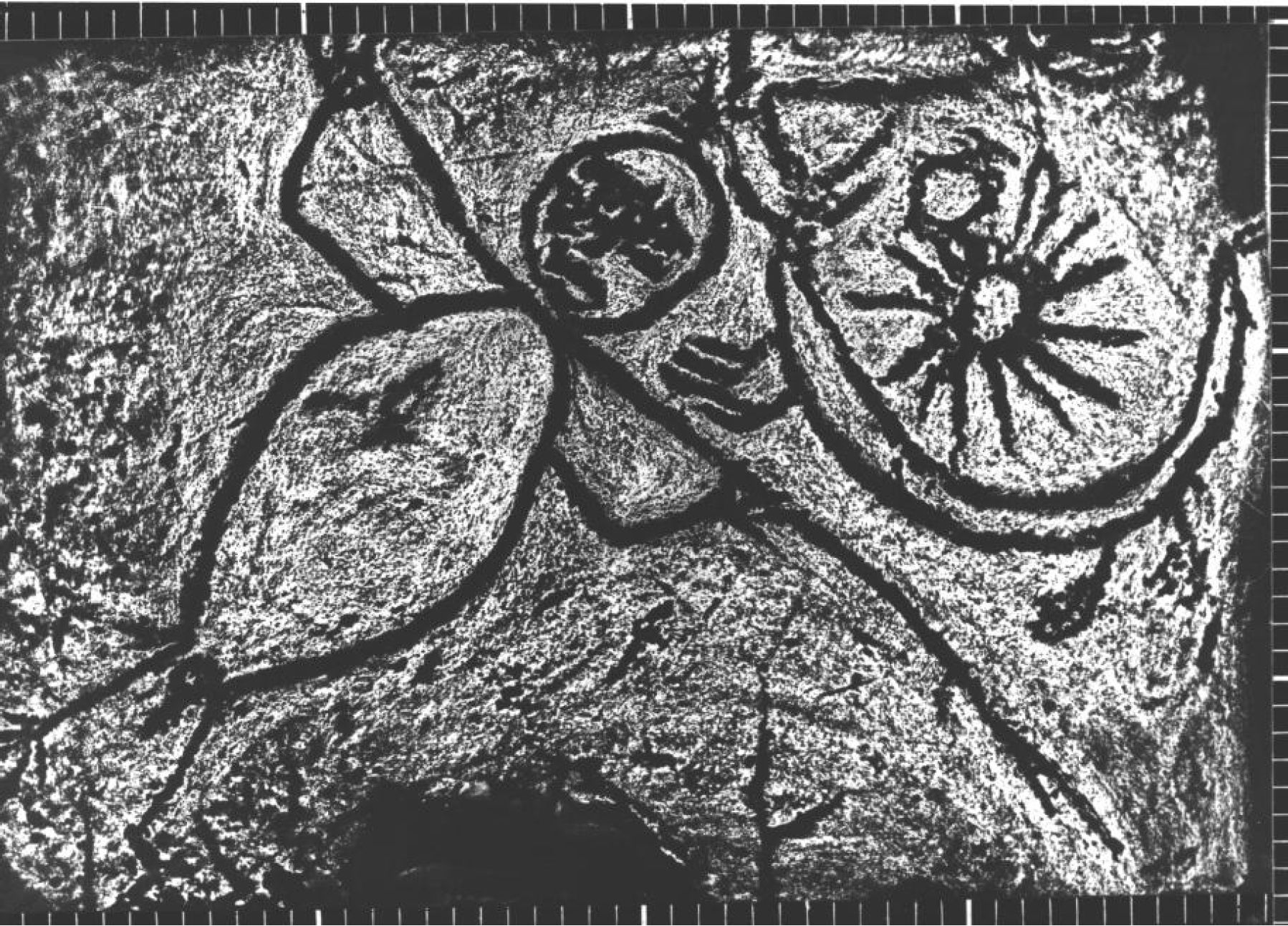By Grant Keddie
For up to thousands of years, figures have been carved in stone along the beaches and in forests stretching around the Pacific Rim from California to China. Some of the human face and animal design elements found in British Columbia show interesting parallels with those found along the coast of Siberia.

One of the most common questions I am asked in regard to these rock carvings or petroglyphs is what are they, and what do they mean? Were these designs pecked into the rock by a shaman for a special purpose?
We cannot understand these images by trying to analyze them from the perspective of our modern culture. We need to look to traditional aboriginal cultures that experienced a different reality than that of Euro-Americans.
Reality is not just what we see, but what we have learned to see. In traditional hunter-gather societies, the human and “natural” worlds are interwoven by threads of spiritual power. The natural and supernatural worlds are inseparable; each is intrinsically a part of the other. It is generally understood that natural events that affect people’s lives were caused or influenced by human actions.
First Peoples were taught to conduct themselves appropriately towards nature to prevent harmful consequences and to bring good luck. By undertaking gestures of respect through prescribed rituals, individuals would be given special powers to enhance their chances for success. Objects in the heavens and parts of the earthly landscape were perceived as conscious, personified entities with spiritual powers, whose favours were given only to those who were prepared with the correct knowledge and behaviour to perform the necessary rituals.
Explanations for the origin, design, and functioning of nature, and for proper human relationships to it, are found in traditional stories and ceremonies of First Peoples. The richest cultural landscape, that has regulated human concepts of time and determined the very nature of religious and political organizations through oral or written traditions, can be seen in the sky – the sun, moon, stars and Milky Way.
Changes in the heavens regulated the seasonal and daily activities of First Peoples. Oral history tells us that constellations were created in the beginning of time by Transformer Beings such as Qals or Raven who transformed people and other animals and transferred them to the sky. Sculpin was thrown into the sky to become the Big Dipper. Three hunters became Orion, and their prey of elk, caribou or ducks became the Pleiades. The Milky Way was a river where fish came from and the Road of the Dead where the spirits of warriors traveled.
Some clusters of petroglyph images have stars among them. I suspect that stars with the associated images are direct representations of constellations. Written remnants of a rich oral history on this world of creation and transformation, where heaven and earth are linked by veins of power, waits to be examined. I see a strong possibility that research in this area will begin to show petroglyphs and their makers in a new light.
